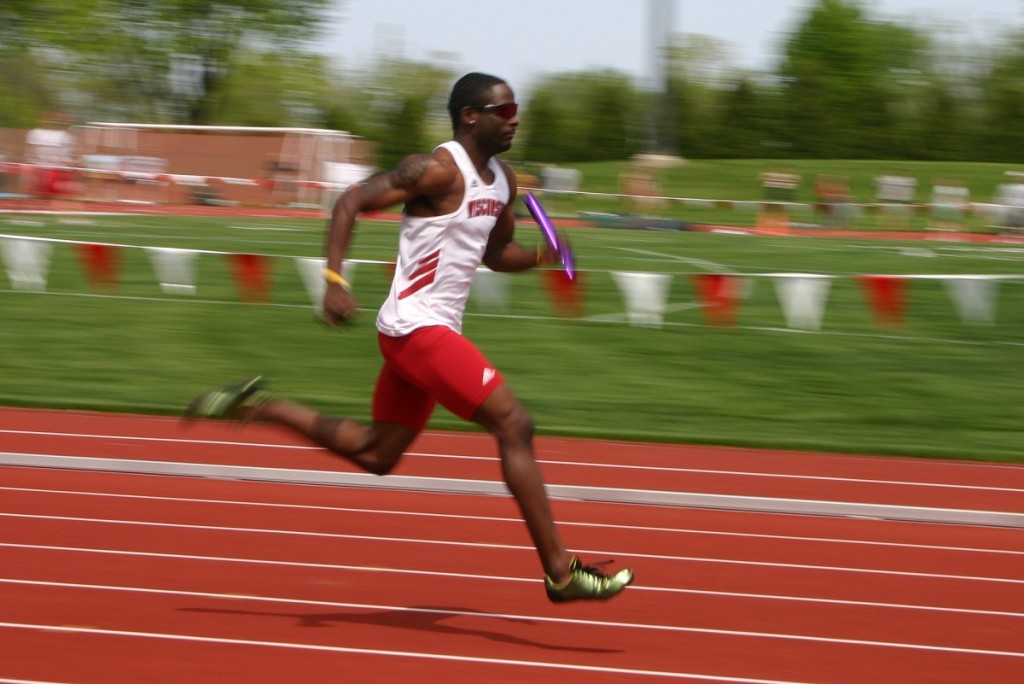So you want to run faster?
Raise your hand if you want to run faster.
Isn’t that the goal of the vast majority of runners, even if they don’t vocalize it? When you run, you want to improve, and one of the key measurements of improvement is how fast you ran. So the time you line up for a 5K, or whatever distance the race is, you likely want to run faster. Even if it’s 1 or 2 seconds, the euphoria of the accomplishment is an incredible feeling.
The question is, how do you that?
Set a goal
Let’s say you finished your last 5K in 25:47, which is a pace of 8:19 per mile. (We know that might be fast for some of you, but please stick with us!) A realistic goal over time would be to bring that time down to 24:30, which is 7:54 per mile. We say “over time” because a runner would be hard pressed to run a 45-second personal record in a race a week later. So at that next race, set a smaller goal to improve by a few seconds, with your ultimate goal being 2 months to 6 months away.
Run, slowly
It seems counter intuitive, but if you want to run faster you need to run slowly. The rule of thumb is that you should do 80 percent of your running at an easy pace. What is an easy pace? When you run, you should be able to have a a conversation and not be out of breath. If you aren’t running with someone, you should be able to recite the Pledge of Allegiance without gasping. If you are, you’re running too fast.
Do some speed work
So what about the other 20 percent of the time that you run? What kind of speed work should you do? For beginner runners and those in the middle of the pack, speed work can seem intimidating. At the local track, you might find faster runners doing intervals at speeds that seem unimaginable. Here are four things you can do that aren’t on the track and that will help you develop more speed:
- Strides — These are some bread and butter workouts that many runners do at the end of a workout. Find a parking lot or a long, straight area of about 100 yards. Start running, and slowly build up to 90 percent of an all-out effort. Sustain that for about 30 yards and slowly decelerate. Take a breather, and repeat. Beginner runners, do 4 strides. Intermediate runners, do 6 strides.
- Hill sprints — Hills are an excellent way to get faster. In addition, they : help build your aerobic capacity, build strength in your legs and help improve your running form. Find a short hill with a grade of 6 percent to 8 percent. You should be able to sprint to the top in 8 seconds to 10 seconds. Walk back down to recover and catch your breath. Repeat. Beginners, do 4 to 5 sprints. Intermediate runners, do 5 to 7.
- Fartleks — If you’ve spent time reading about running, you’ve seen this funny word. It’s Swedish for “speed play,” and it is a method of unstructured speed work. As you’re running, you decide that you’re going to run fast for a certain amount of time or a certain distance. You can use a watch to time it or get a specific distance (if you have a GPS watch), or you can simply say, “I’m going to run my 5K pace from here for three more blocks.” One training method that some coaches use is pole-to-pole: You start at a light pole or telephone pole and run hard to the next one. You slow down and jog to the next pole and pick up the pace to the next one.
If you’re determined to achieve your goal of faster times, the key is being consistent and getting out for regular runs. If you incorporate these speed workouts into your running once or twice a week, you’ll begin to see improvement in your times.
